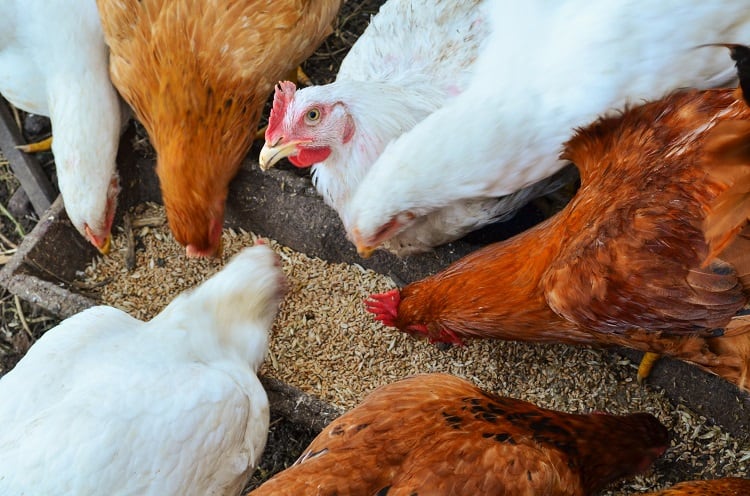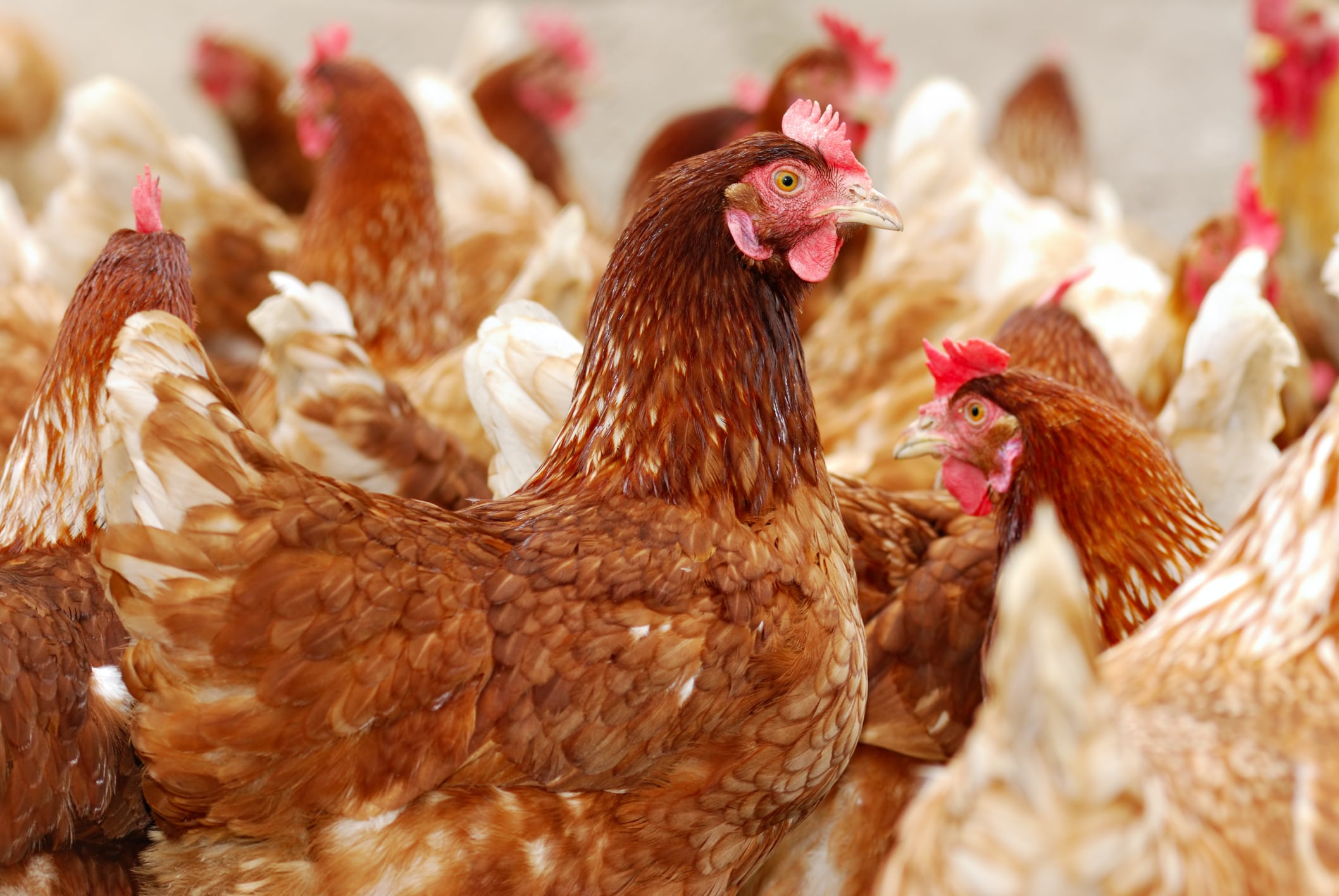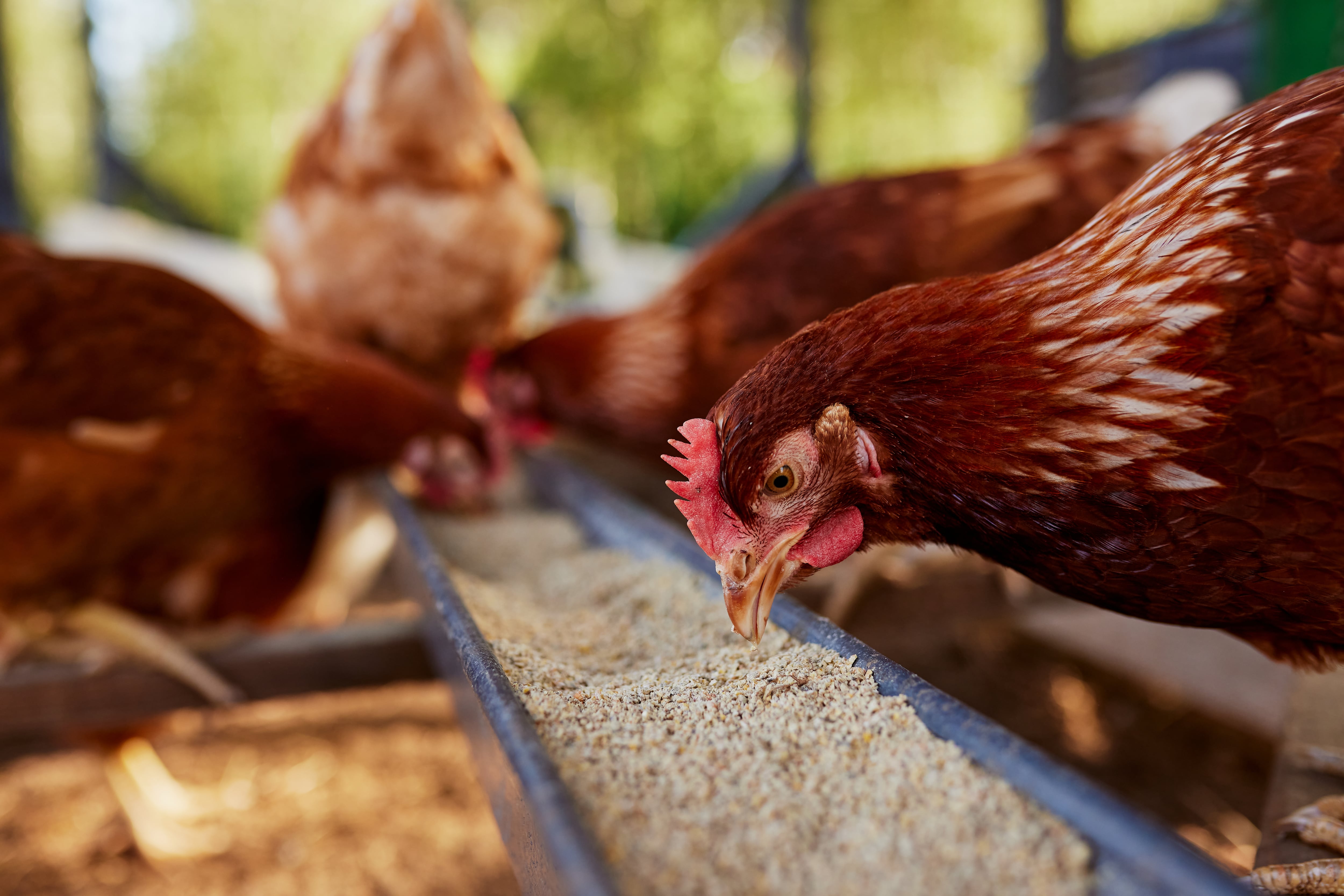Researchers achieved a significant reduction of the bacteria in chickens after they added biochar to their feed at a free-range farm in Denmark.
While there have been many studies of this kind conducted in laboratories that have show positive outcomes, researchers have struggled to replicate these findings under actual farm management conditions.
Brian Lassen, senior researcher at DTU and lead on the SafeChicken project, said reducing bacterial levels in chickens can make a significant difference in public health.
“Our findings highlight biochar’s potential—particularly for free-range and organic chickens, where controlling bacteria is more challenging than in conventionally raised poultry,” Lassen added.
Organic acids in drinking water
Researchers also tested feed and water additives on the free-range chickens, which had previously shown evidence of potentially reducing campylobacter under experimental conditions. The trials were conducted three times on the same farm.
A 76% reduction in campylobacter was observed in chickens in the trials that were 36 months old – half of breed’s slaughter age. However, the effect diminished by the slaughter age of the free-range chickens three weeks later, suggesting the administration of organic acids may need to be optimised from the experimental setup.
“The best results came from using biochar, which is made from organic waste material, such as wood, transformed into biochar through pyrolysis,” Lassen explained. “In addition to reducing campylobacter, biochar can help lower CO2 emissions and has the potential for becoming part of a circular economy.”
The study highlighted biochar’s potential to be used in organic chicken production.
PhD student Cristina Calvo-Fernandez, who has worked on the project as part of her doctoral studies, said: “We demonstrate that it’s possible to significantly reduce campylobacter in free-range chickens slaughtered at two months of age without finding adverse effects on their health.
Boost for free-range
“This is significant for production systems where chickens have access to outdoor areas, which typically increases their exposure to campylobacter from the environment.”
Chickens are natural hosts for campylobacter and thus can be found in chicken meat if the flock is infected. In humans, it can cause gastrointestinal illness if meat is undercooked or improperly handled.
The SafeChicken project will continue until autumn 2025 and investigate additional methods to combat campylobacter, including slaughterhouse interventions. Researchers will also look into why biochar reduces campylobacter levels in chickens.
“We are currently studying how biochar affects the families of bacteria in the chicken gut microbiome,” Calvo-Fernandez concluded. “Campylobacter is a naturally present bacterium in the chicken’s gut microbiome, and understanding just how biochar affects the chicken’s microbiome and reduces campylobacter is essential.”
Meanwhile, a shake up to livestock feed controls could improve food security and promote better competitiveness with the EU, according to the Foodchain & Biomass Renewable Association.





